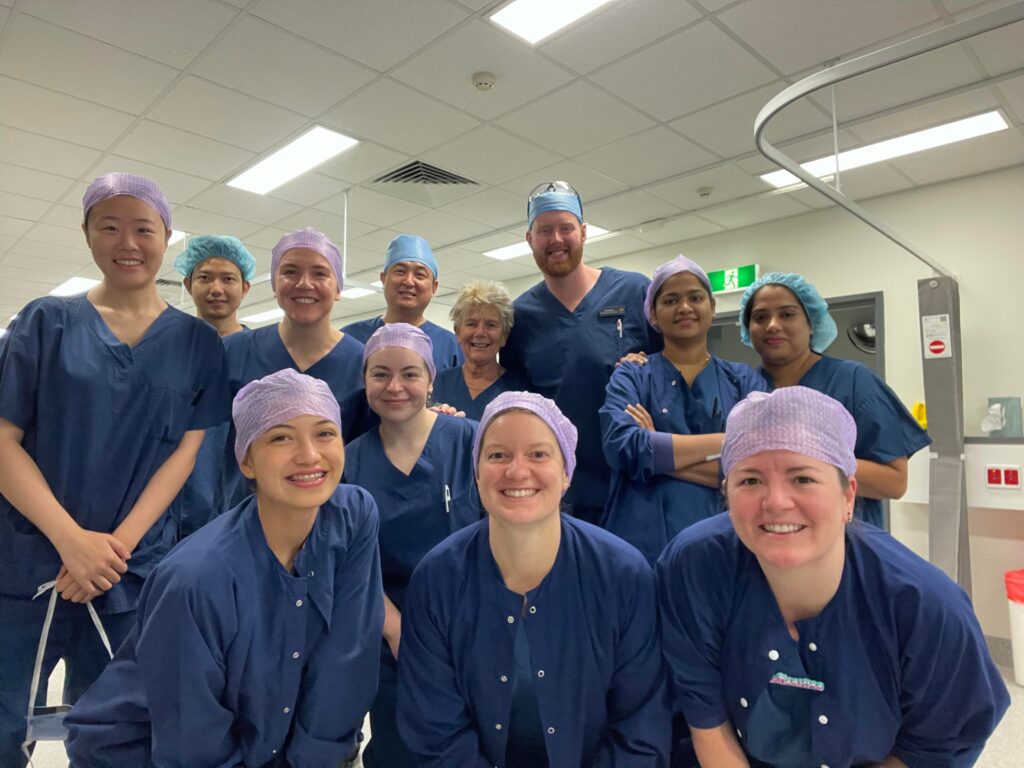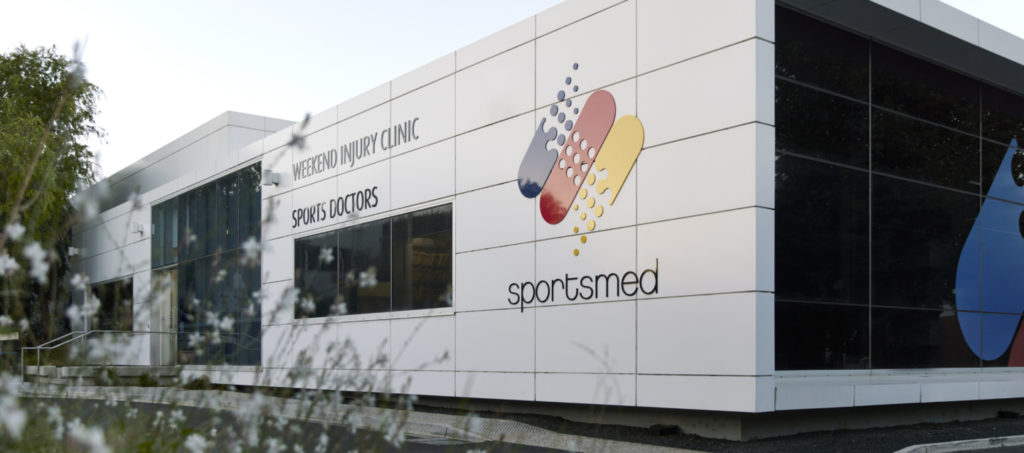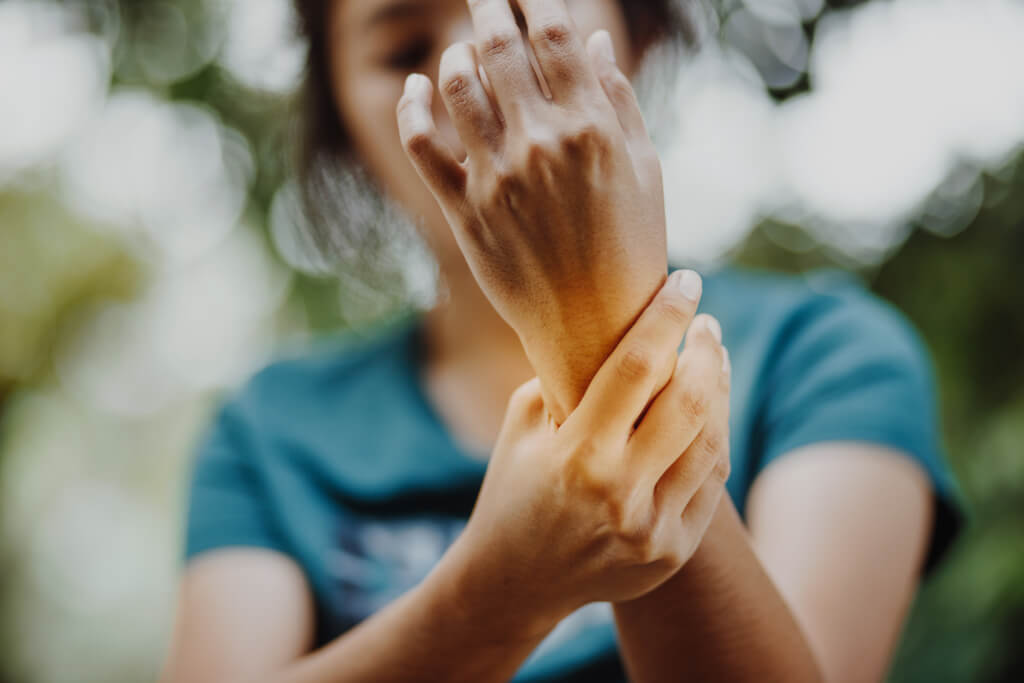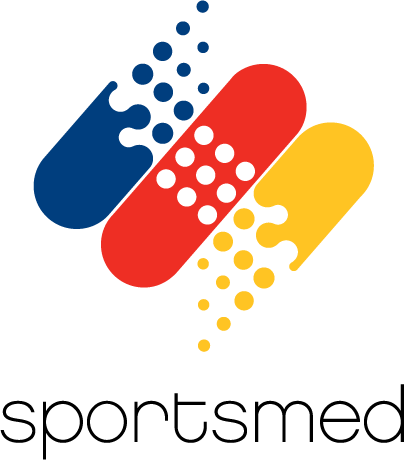The anatomy of the hand can be divided into five categories:
- Bones and joints
- Ligaments and tendons
- Muscles
- Nerves
- Blood vessels
bones and joints
There are a total of 27 bones that form the basic skeleton of the wrist and hand. The bones provide the body with support and flexibility and give the hand a range of motion and movement.
The wrist contains eight small bones (carpals). The carpals join with the two forearm bones (radius and ulna), forming the wrist joint.
The carpals also connect to the five bones that form the palm of the hand known as metacarpals. One metacarpal connects to each finger and thumb. Small bone shafts (phalanges) then line up to form each finger and thumb. There are three phalanges in each finger and two in the thumb.
In terms of the hand joints, the main knuckle joints (metacarpophalangeal joints or MCP joints) are formed by the connections of the phalanges to the metacarpals. The metacarpophalangeal joints act and work as a hinge when the fingers and thumb are bent and straightened.
The three phalanges in each finger are separated by two joints (interphalangeal joints or IP joints). The one closest to the knuckle (MCP joint) is the proximal IP joint (PIP) while the one near the end of the finger is the distal IP joint (DIP). The thumb only has one IP joint between its two phalanges.
ligaments and tendons
Ligaments are strong bands of tissue that connect bones together, whilst tendons connect muscles to bones.
There are collateral ligaments found on either side of each finger and thumb joint. The collateral ligaments prevent abnormal bending of each joint. In the PIP joint (the middle joint between the main knuckle and the DIP joint), the strongest ligament is the volar plate. This ligament connects the proximal phalanx to the middle phalanx on the palm side of the joint. The ligament tightens as the joint is straightened and keeps the PIP joint from bending back too far (hyperextending).
Tendons attach muscles to bones and pass across joints to enable movement. The tendons that allow each finger joint to straighten are called extensor tendons. The extensors of the fingers begin as muscles that come from the backside of the forearm. These muscles travel towards the hand, where they connect to the extensor tendons before crossing over the back of the wrist joint. As the extensor tendons travel into the fingers, they become thinner and flatten out as the extensor hood and attach to the bones of the fingers. When the extensor muscles contract, they pull on the extensor tendon and straighten the finger. Most bones and joints have multiple muscles and tendons acting on them to enable fine control.
muscles
The muscles of the hand are divided into two groups – extrinsic and intrinsic.
The extrinsic group have their origin outside of the hand and consist of the long flexors and extensors. Flexors are found on the underside of the forearm and allow for the bending of the fingers, while making grasping and gripping with the thumb possible.
The intrinsic group consists of the smallest muscles and are located within the hand. They are responsible for the fine motor functions and motions of the fingers.
nerves
The hand is supplied by three nerves – median, ulnar and radial. They carry signals from the brain to the muscles that move the arm, hand, fingers and thumb. They also relay signals back to the brain regarding sensations such as touch, pain and heat.
The radial nerve runs along the thumb-side of the forearm and wraps around the radius bone toward the back of the hand. It gives sensation to the back of the hand from the thumb to the ring finger. It also supplies the back of the thumb and backs of the ring and middle fingers.
The median nerve travels through the carpal tunnel across the palm side of the wrist. This nerve gives sensation to the thumb, index finger, long finger and half of the ring finger. It supplies power to some of the muscles of the thumb.
The ulnar nerve also travels through another tunnel on the little finger side of the wrist referred to as Guyon’s canal. It passes through the tunnel and supplies feeling to the little finger and half the ring finger. It also supplies the small muscles in the palm and the muscle that pulls the thumb towards the palm.
blood vessels
There are large vessels which accompany the nerves and supply the hand with blood.
The largest is the radial artery which travels across the front of the wrist, closest to the thumb. It is located where the pulse is taken in the wrist.
The ulnar artery runs alongside the ulnar nerve through Guyon’s canal and arches to join together with the radial artery within the palm of the hand, supplying the front of the hand, fingers and thumb with blood.
The large veins of the hand which return blood to the heart lie on the back of the wrist.
contact
This fact sheet is a brief overview of the anatomy of the hand, produced by our Shoulder, Elbow, Wrist and Hand Surgeon Dr Nick Wallwork. To make an appointment or enquiry with Dr Wallwork or one of our upper limb specialists, contact 08 8362 7788 or email ortho@sportsmed.com.au.



